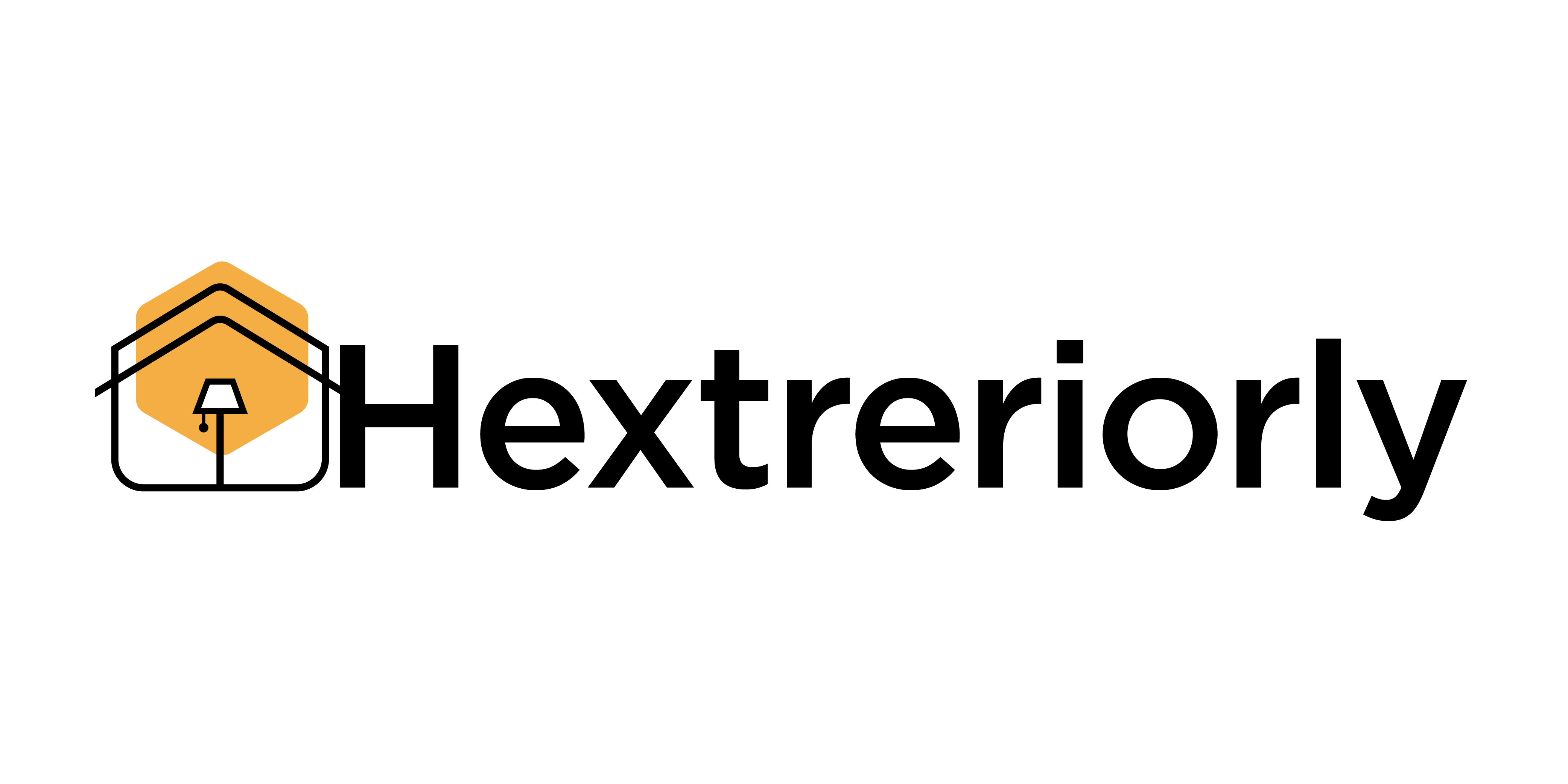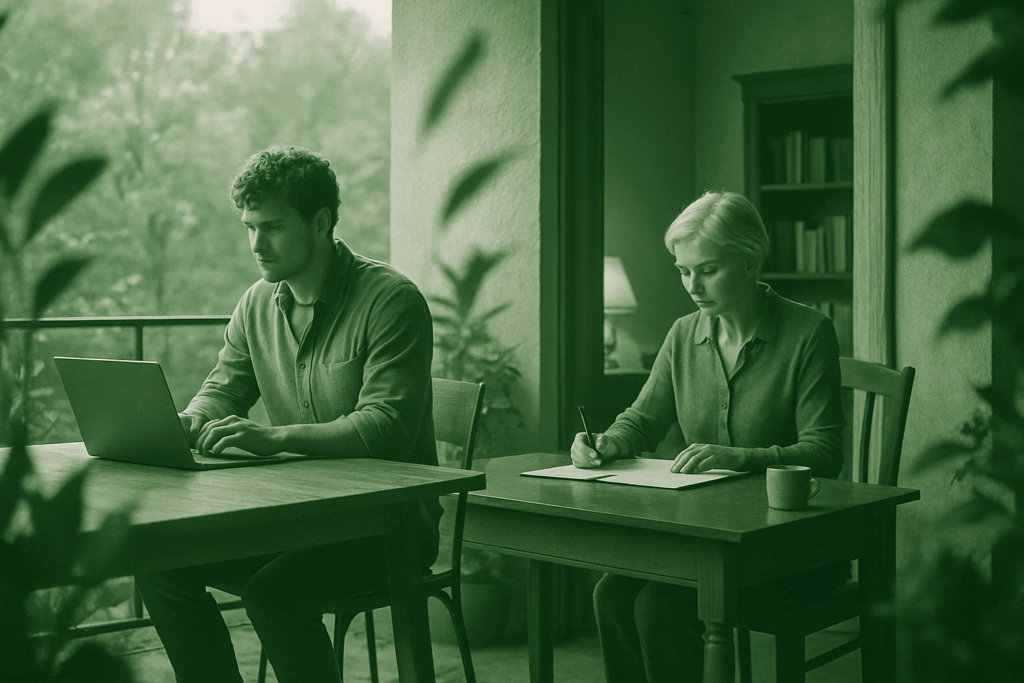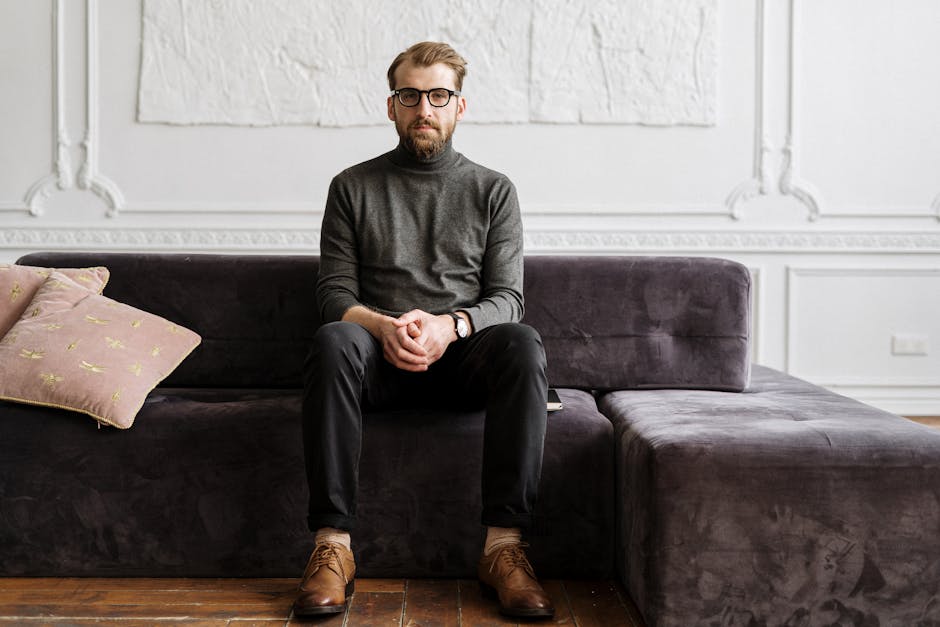2025 marks a shift in how we think about the spaces we live in and how we present them. After a decade of fast trends and short attention spans, people are leaning into design that lasts. This year, it’s not just about how a room looks in photos—it’s about how it works day to day, and whether it respects the environment.
Designs now need to pull triple duty. First, they have to be sustainable. Materials matter. So do supply chains. Second, function is non-negotiable. Spaces are being built around actual human needs, not fleeting ideas. And third, there’s a growing push toward clean storytelling. Whether it’s a corner of a living room or a full exterior concept, the message has to be clear and uncluttered.
This balance of sustainability, utility, and visual clarity is changing what creators share and what audiences notice. It’s not about staging perfection anymore. It’s about crafting environments that speak simply, work well, and do less harm. The audience is evolving—and creators need to evolve with it.
Micro-Niching for Loyal, High-Intent Audiences
General is out. Specific is in. In 2024, vloggers are tightening their focus and going deep on narrow topics—think “vanlife for single dads” or “sustainable streetwear hauls” instead of generic travel or fashion content. This is not just a style choice. It’s strategic.
Why? Because micro-niches attract people who actually care. Views might be smaller, but engagement runs higher. Comments, shares, repeat watchers—these are fans who actually pay attention. And when they’re dialed in, they’re also the kind of audience that brands want to reach.
Creators are building mini-communities that feel personal and tight-knit. Instead of chasing numbers, they’re prioritizing relevance. The payoff: stronger connections and better monetization through affiliate deals, niche sponsorships, and even their own products. In a crowded feed, being sharply specific is what makes you stand out.
The all-white backdrop that once dominated vlogs is starting to fade. In its place, we’re seeing a palette shift toward warmer, earthier tones: taupes, clays, olive greens. The vibe is less sterile, more lived-in. It reflects what viewers are craving right now—something that feels real, settled, and human.
This isn’t about clutter or chaos. The visual trend still leans minimalist, but with warmth. Those soft contrasts and grounded hues bring just enough texture to keep things from feeling cold. It’s what happens when organized simplicity meets personality.
Creators are leaning into this with surfaces and sets that look collected, not curated. Wooden shelving, textured walls, plants that don’t look plastic. The goal isn’t to impress. It’s to connect.
Rooms That Change With Your Needs
In 2024, your space needs to hustle as hard as you do. Vloggers are ditching fixed setups in favor of rooms that flex. Think: a living room that doubles as a YouTube set in the morning, a calm editing nook by afternoon, and a stretch zone for your evening wind-down. Multipurpose isn’t trendy—it’s essential.
Layouts are clean but clever. Strategic furniture placement, mood lighting on smart timers, and mobile partitions help transform small spaces without sacrificing function. A single room can move from content creation to personal recharge with a few quick changes.
Storage plays a quiet but critical role. Built-ins and hidden compartments keep cables, lenses, and tripods out of sight but ready to go. The goal? Keep the energy flowing without turning your space into a tech warehouse. Because creativity thrives where clutter doesn’t stand in the way.
Seamless Tech: Smart Without the Spotlight
Modern design is evolving to accommodate technology that enhances the environment without stealing focus. In 2024, the trend is clear: homeowners and creators want tech that blends into interiors, not technology that demands attention.
Design-First Devices
As smart living becomes more mainstream, the devices people want are those that complement the space they’re in. Think sleek lines, minimalist finishes, and hardware that reads as decor—not distraction.
- Smart thermostats and cameras with discreet forms
- Hidden speakers and mounts designed to match furniture or wall textures
- Control hubs that mimic high-end art or sculpture
Invisible Yet Impactful Systems
The smartest tech is often the most invisible. A growing number of systems are completely integrated into the structure of the space, performing practical functions without being noticed.
- In-ceiling speakers and subwoofers that deliver immersive sound without visible clutter
- Climate control systems working quietly in the background
- Adaptive lighting that shifts automatically with daylight patterns or mood settings
Tech That Does the Work, Quietly
Behind-the-scenes technology is now central to modern homes and digital production spaces. Rather than impressing with flashy appearances, the goal is seamless support.
- Automated routines that anticipate user behavior
- Centralized systems managed by apps but rarely touched
- AI-powered services integrated into day-to-day tools for content creation
The new tech mantra: less visibility, more value.
Modern design has taken a softer turn. Where sharp angles and rigid lines once ruled, creators are now leaning into curves and rounded forms. It’s not just about aesthetics — these shapes bring a sense of comfort and approachability that feels more in tune with what viewers want now.
Statement pieces are going sculptural. Think chairs that look like art, or tables that blur the line between furniture and installation. The goal is clear: create backdrops that spark curiosity and reflect personality without saying a word.
This visual pivot from hard-edged minimalism to flowing, organic forms is more than a trend. It’s a signal. Creators are using their space to communicate tone, mood, and identity — all before they even hit record.
From Forgotten Plane to Focal Point
Ceilings are gaining attention in modern design, shifting from overlooked surfaces to intentional style statements. What was once a blank canvas is now an opportunity to elevate a space—literally and visually.
Why the Ceiling Matters
Most rooms are designed from the ground up, but now design thinking is turning upward. The ceiling can act as a defining architectural feature, influencing mood, lighting, and spatial flow.
- Draws the eye upward and expands the sense of space
- Serves as a unifying design element across open layouts
- Creates visual interest without cluttering the lower levels of a room
Materials That Make an Impact
Modern ceilings incorporate a diverse range of materials and design strategies to create bold impressions without overpowering a room.
Wood Beams
- Introduce natural warmth and texture
- Work well in both rustic and contemporary spaces
- Can be structural or purely decorative
Bold Paint
- Adds personality and contrast
- Works especially well in small or transitional areas like entryways or powder rooms
- Can tie in accent colors from the rest of the room
Integrated Skylights
- Increase natural light dramatically
- Help define zones in open-concept spaces
- Enhance the sense of luxury and openness
Design Without Overwhelm
The key to making the ceiling a focal point without overdoing it is balance. Consider the room’s function, color scheme, and natural light. Even the most dramatic ceiling works best when it reflects the overall vibe of the space.
- Match materials and colors to your design palette
- Use symmetry and scale to maintain visual harmony
- Think of the ceiling as a fifth wall—not an afterthought
Expanding Livable Space with Exterior Design
The lines between indoor and outdoor living aren’t just blurring—they’re disappearing. Homeowners are getting smarter about treating exterior areas as true extensions of the interior. It starts with structure. Glass walls bring the outdoors in without sacrificing comfort. Retractable panels let you control space and weather in real time. And natural thresholds—like a seamless transition from kitchen to patio—keep everything feeling connected without being forced.
Functionality matters here. A backyard isn’t just a lawn anymore. It becomes a dining room, a workout zone, a workspace—whatever the day calls for. Designers are leaning into this by building flow into the architecture, not just the decor.
If you’re wondering how to make the look feel intentional from the inside out, this guide will help: How to Create a Cohesive Color Scheme for Your Home.
Rethinking Lighting: Layers Over Lumens
Gone are the days when one boring ceiling light dictated your entire vibe. In today’s vlogging setups, lighting does more than just brighten a room — it tells a story. Creators are moving toward layered lighting strategies that mix recessed lights, soft ambient glows, and punchy accent illumination. Not only does it make footage look better, it shapes the tone of each scene.
Recessed lighting keeps things sleek and shadow-free. Ambient lighting adds warmth and feel. Accent lights highlight key spots — think neon shelves or strip LEDs behind monitors. Together, they bring depth and intent to a frame. For creators, it’s a shift from functional setups to visual storytelling through light.
Lighting is no longer just about visibility. It’s become part of your on-camera identity. Whether you’re shooting a daily vlog or a sit-down Q&A, sculpting the right light mix can elevate your production without needing a big crew or a studio budget.
Matte Finishes Are Taking Over
Overly shiny surfaces are taking a step back in modern design, making room for richer, more tactile aesthetics. Whether it’s on paint, tile, or countertops, matte is becoming the go-to finish for a more grounded and sophisticated look.
Why Matte?
Matte finishes offer a number of advantages beyond appearance:
- Minimal glare: Great for bright rooms where gloss can be overwhelming
- Fewer fingerprints: Especially useful in high-touch areas like kitchens and bathrooms
- Rich texture: Adds depth to surfaces in a subtle, understated way
Versatility Across Styles
One of the biggest appeals of a matte surface is its ability to blend in with a variety of interior styles:
- Pairs well with rustic elements like raw wood and natural stone
- Complements sleek modern designs that lean on clean lines and muted tones
- Works with both light and dark color palettes, offering flexibility in design
Where You’ll See It
Expect matte to continue showing up in key design elements:
- Paints: Popular in living rooms, bedrooms, and accent walls
- Tiles: Trending in bathrooms and kitchen backsplashes for a softer modern look
- Countertops: Matte quartz and concrete are leading options
Matte finishes are not just a design trend—they’re a practical shift toward lived-in sophistication that feels current without trying too hard.
Homes in 2024 aren’t aiming for flawless perfection. The pristine showroom look feels cold, disconnected. Instead, creators are capturing spaces that feel lived-in, intentional, and personal. Viewers are drawn to interiors that tell a story, not just show off a style.
That means more worn leather chairs passed down from grandpa. More mismatched mugs found at local markets. A layered mix of textures, hand-thrown pottery, thrift shop art, and furniture with actual history. Rooms feel like someone real lives there, not like they’ve been staged for a magazine.
Vloggers are leaning into authenticity. They’re sharing not just their spaces, but the thought behind them. Why that rug matters. Where that chipped lamp came from. It’s not about being fancy. It’s about being real.
Home design in 2024 is pulling in two directions at once: smarter and more intimate. The rise of tech-enabled living doesn’t mean sacrificing style or individuality. Instead, it opens up new ways to tailor spaces to the people who live in them. Think temperature settings that adjust to your mood, lighting that adapts to your routine, and furniture that flexes between work and rest.
Trends still exist, but they’re no longer the whole story. They’re reference points—not blueprints. Whether it’s earthy minimalism or dopamine-bright maximalism, the successful spaces in 2024 take cues from the aesthetic without losing sight of the person at the center of it.
The key is to know where the trend ends and your own taste begins. Use what’s out there, but don’t let it dictate every decision. Today’s best design feels lived-in, not showroom-perfect. It’s built to last, built to function, and built to reflect the person who actually uses the space.


 Vicky Skinneriez brings sharp research and fresh perspectives to the platform. As a key contributor at drhextreriorly, she covers software advancements, modern app ecosystems, and the evolving digital landscape. Vicky’s writing blends accuracy with creativity, helping readers understand the real impact of today’s most important tech developments.
Vicky Skinneriez brings sharp research and fresh perspectives to the platform. As a key contributor at drhextreriorly, she covers software advancements, modern app ecosystems, and the evolving digital landscape. Vicky’s writing blends accuracy with creativity, helping readers understand the real impact of today’s most important tech developments.

